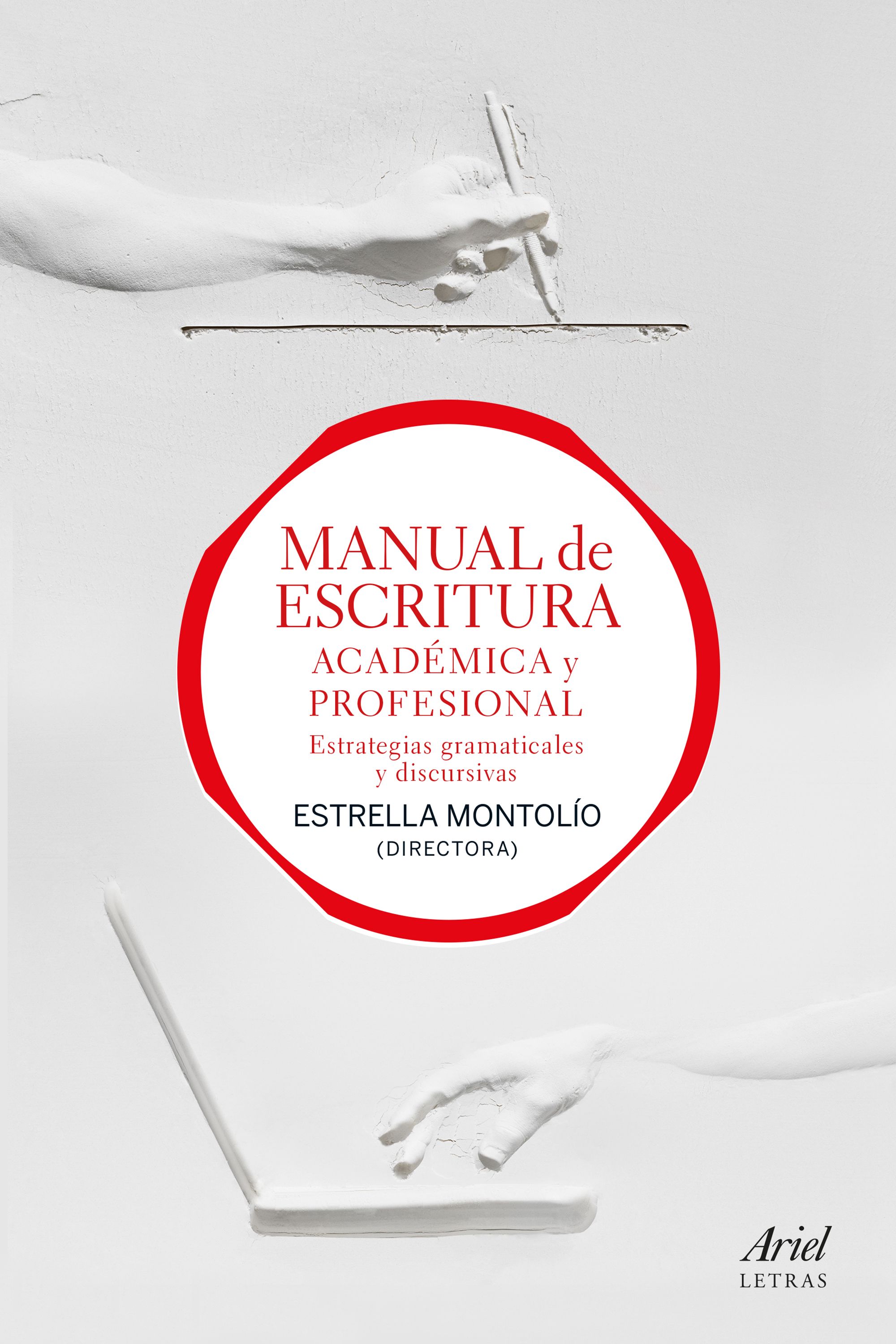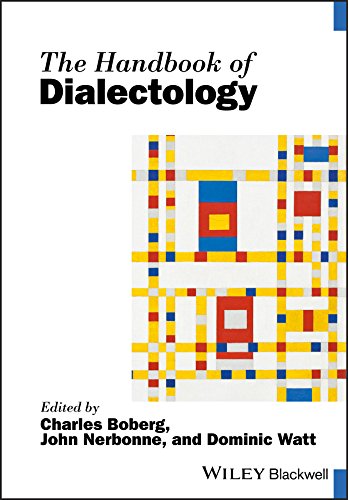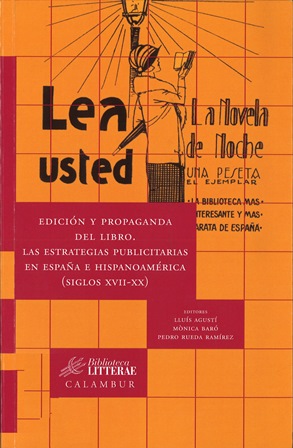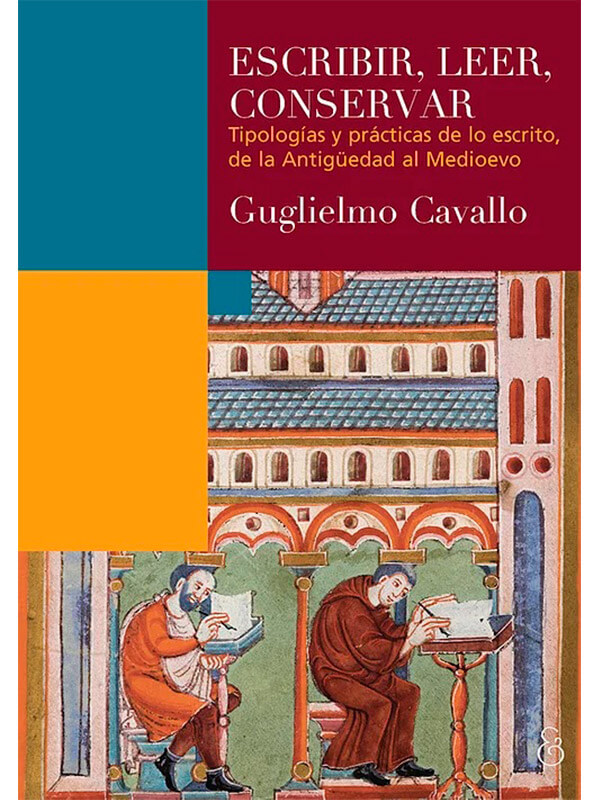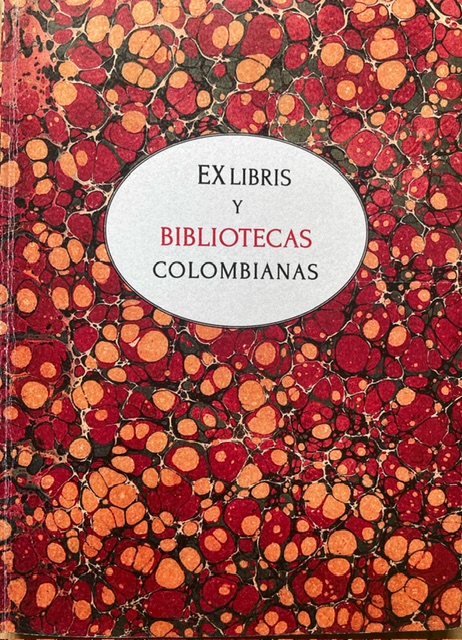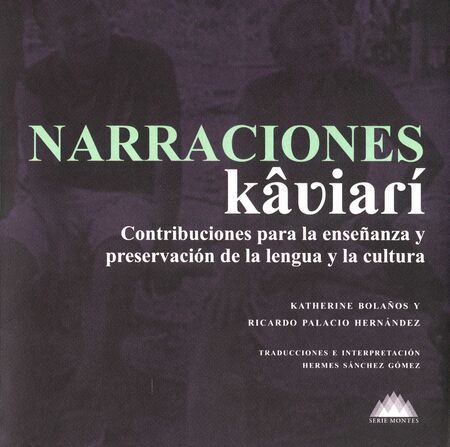Designing and conducting : mixed methods research / John W. Creswell, Vicki L. Plano Clark
Tipo de material: TextoIdioma: Inglés Editor: Los Angeles : SAGE, 2011Edición: Segunda ediciónDescripción: xxvi, 457 páginas ; 23 cmISBN: 9781412975179Tema(s): Investigación -- Metodología | Metodología científicaClasificación CDD: 001.42
TextoIdioma: Inglés Editor: Los Angeles : SAGE, 2011Edición: Segunda ediciónDescripción: xxvi, 457 páginas ; 23 cmISBN: 9781412975179Tema(s): Investigación -- Metodología | Metodología científicaClasificación CDD: 001.42 | Tipo de ítem | Ubicación actual | Colección | Signatura | Copia número | Estado | Notas | Fecha de vencimiento | Código de barras |
|---|---|---|---|---|---|---|---|---|
| Libros | Sede Centro | Colección General | 001.42 C923d | ej. 1 | Disponible | tmt01 | 500079236 |
The nature of mixed methods research. -- Defining mixed methods research. -- Examples of mixed methods studies. -- What research problems fit mixed methods?. -- A need exists to explain initial results. -- A need exist to generalize exploratory findings. -- A need exists to enahce a study with a second method. -- A need exists to best employ a theoretical stance. -- A need exists to understand a research objective. -- Through multiple research phases. -- What are the advantages of using mixed methods?. -- What are the challenges in using mixed methods?. -- The question of skills. -- The question of time and resources. -- The question of convincing others. -- The foundations of mixed research. -- Historical foundations. -- When did mixed methods begin?. -- Why mixed methods emerged. -- The development of the name. -- Stage in the evolution of mixed methods. -- Formative period. -- Paradigm debate period. -- Procedural development period. -- Advocacy and expansion period. -- Reflective period. -- Philosophical foundations. -- Philosophy and worldviews. -- Wordviews applied to mixed methods. -- One "best" worodview for mixed methods. - Multiple worldviews in mixed methods. -- Worldviews relate to the type of mixed methods desing. -- Worldviews depend on the scholarly community. -- Theoretical foundations. -- Choosing a mixed methods desing. -- Principles of disigning a mixed methods study. -- Recognize that mixed methods designs can be fixed and/or emergent. -- Identify an approach to desing. -- Match the desing to the research problem, purpose, and questions. -- Be explicit about the reasons for mixing methods. -- Key decisions in choosing a mixed methods desing. -- Determine the level of interaction between the quantitative and qualitative strands. -- Determine the priority of the quantitative and qualitative strands. -- Determine the timing of the quantitative and qualitative strands. -- Determine where and how to mix the quantitative and qualitative strands. -- The major a mixed methods desings. -- Prototypes of the major desings. -- The convergent parallel desing. -- The purpose of the convergent desing. -- When to chose the convergent desing. -- Philosophical assumptions behind the convergent design. -- The convergent design procedures. -- Strengths of the convergent design. -- Challenges in using the convergent design. -- Convergent design variants. -- The explanatory sequential design. -- The purpose of the explanatory design. -- When to choose the explanatory design. -- Philosophical assumptions behind the explanotory design. -- The explanatory design procedures. -- Strengths of the explanatory design. -- Challenges in using the explanotory design. -- Explanatory design variants. -- The exploratory sequential design. -- Strengths of the exploratory design. -- Challenges in using the exploratory design. -- Exploratory design variants. -- The embedded design. -- The purpose of the embedded design. -- When to choose the embedded design. -- Philosophical assumptions behind the embedded design. -- The embedded design procedures. -- Strength of the embedded design. -- Challenges in using the embedded design. -- Embedded variants. -- The transformative design. -- The purpose of the transformative design. -- When to choose the transformative design. -- Philosophical assumptions behind the transformative design. -- The transformative design procedures. -- Strengths of the transformative design. -- Challenges in using the transfortative design. -- Transformative design variants. -- The multiphase design. -- The purpose of the multiphase design. -- When to choose the multiphase design. -- Philosophical assumptions behind the multiphase design. -- The multiphase design procedures. -- Strengths of the multiphase design. -- Challenges in using the multiphase design. -- Multiphase design variant. -- A model for describing a design in awritten report. -- Examples of mixed methods designs. -- Learning from examples of mixed methods research. -- Using tools to describe mixed methods designs. -- A notation system. -- Procedural diagrams. -- Examining the design features of mixed methods studies. -- Six examples of mixed methods designs. -- Study A: An example of the convergent parallel design . -- Study B: An example of the explanatory sequential design. -- Study C: An example of the exploratory sequential design. -- Study D: An example of the embedded design. -- Study E: An example of the multiphase design. -- Similarities and differences among the sample studies. -- Introducing a mixed methods titles. -- Stating the research problem in the introduction. -- Topics in a statement of the problem section. -- Integrate mixed methods into the statement of the problem. -- Developing the purpose statement. -- Qualitative and quantitative purpose statements. -- Mixed methods purpose statemets. -- Writing research questions and hypotheses. -- Qualitative questions and quantiative questions and hypotheses. -- Mixed methods research questions. -- Collecting data in mixed methods research. -- Procedures in collecting qualitative and quantitative data. -- Using sampling procedures. -- Gaining permissions. -- Collecting information. -- Recording the data. -- Administering the procedures. -- Data collection in mixed methods. -- Covergent design. -- Decide whether the two samples will include different or the same individuals. -- Decide whether the size of the two samples will be the same or different. -- Decide to design parallel data collection questions. -- Decide if the data will be collected on two, independent sources or a single source. -- Explanatory design. -- Decide whether to use the same or different individuals in both samples. -- Decide on the sizes for the two samples. -- Decide what quantitative results to follow up. -- Decide how to select the best participants for the qualitative follow-up phase. -- Decide how to describe the emerging follow-up phase for institutional review board approval. -- Exploratory design. -- Decide who and how many individuals to include in tha sample for the quantitative phase. -- Decide how to describe the emerging follow-up phase for institutional review board approval. -- Decide what aspect of the qualitative results to use to inform the quatitative data collection. -- Decide what steps to take in developing a good quantitative instrument. -- Decide how to convey the instrument dvelopment cmponent in aprocedural diagram. -- Embedded design. -- Decide the reason and timing for embedding a second type of data within a larger design. -- Decide wether the issue of introducing bias within an embedden experiment is a concern. -- Decide what approach will provide the desing or procedure for collecting quantitative and qualitative data. -- Decide what data collection issues can be anticipated within the chosen design or procedure. -- Transformative design. -- Decide how best ot refer to and interact with partipants. -- Decide what sampling strategies will promote inclusiveness. -- Decide how to actively involve participants in the data collections process. -- Decide to use instruments that are sensitive to the cultural context of the group being studied. -- Multiphase design. -- Decide to use multiple sampling strategies. -- Decide how to sample and collect data for each phase. -- Decide how to handle measurement and attrition issues. -- Decide on the programmatic thrust to provide the fram work for the multiphase projects. -- Analyzing and interpreting data inmixed methods research. -- The basics of quantitative and qualitative data analysis and interpretation. -- Preparing the data for analysis. -- Exlporing data. -- Analyzing the data. -- Representing the data analysis. -- Intepreting the results. -- Validating the data and results. -- Data analysis and interpretation within mixed methods designs. -- Steps and and key decisions in data analysis for each mixed methods design. -- Decisions for merged data analysis in a concurrent approach. -- Strategies for comparing results. -- Strategies for interpreting merged results and creconciling differences. -- Decisions for connected data alysis in a sequential approach. -- Strategies for connected results. -- Validation and mixed methods designs. -- Software applications and mixed methods data analysis. -- Writing and evaluating mixed methods research. -- General guidelines for writing. -- Relate the structure to the mixed methods design. -- Structure of a proposal for a mixed methods. -- Dissertation of thesis. -- Structure of a mixed methods dissertation or thesis. -- Structure for a nationla institutes of health proposal. -- Structure of a mixeed methods journal article. -- Evaluating a mixed methods study. -- Quantitative and qualitative evaluation criteria. -- Mixed methods evaluation criteria. -- Summary and recommendations. -- Writing methodological paper. -- Defining mixed methods. -- Using terms. -- Using philosophy. -- On designing procedures. -- On the value added by mixed methods.
K-T-DRA Compra 03/05/2017 Factura - K32551
Lenguaje y lenguas




